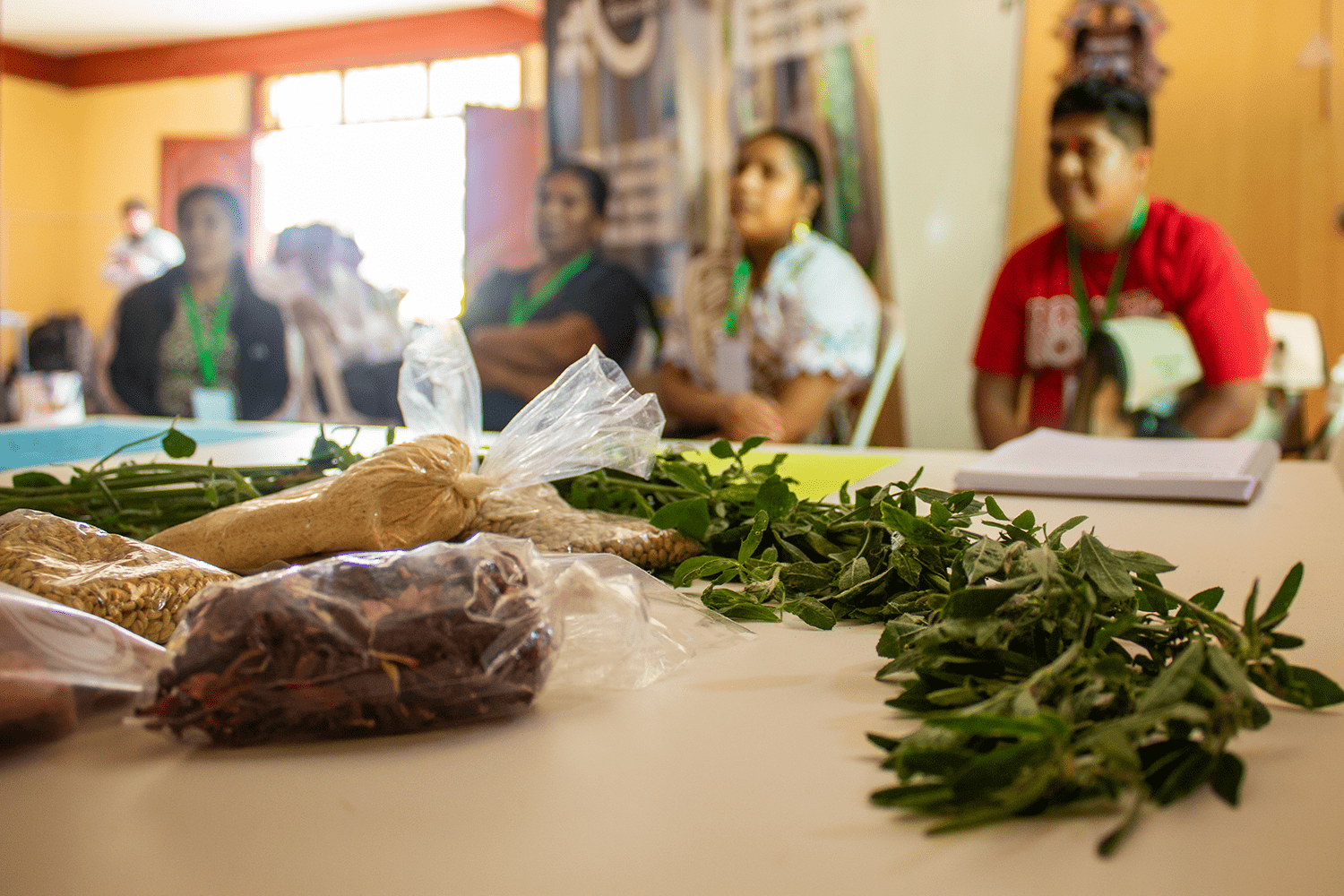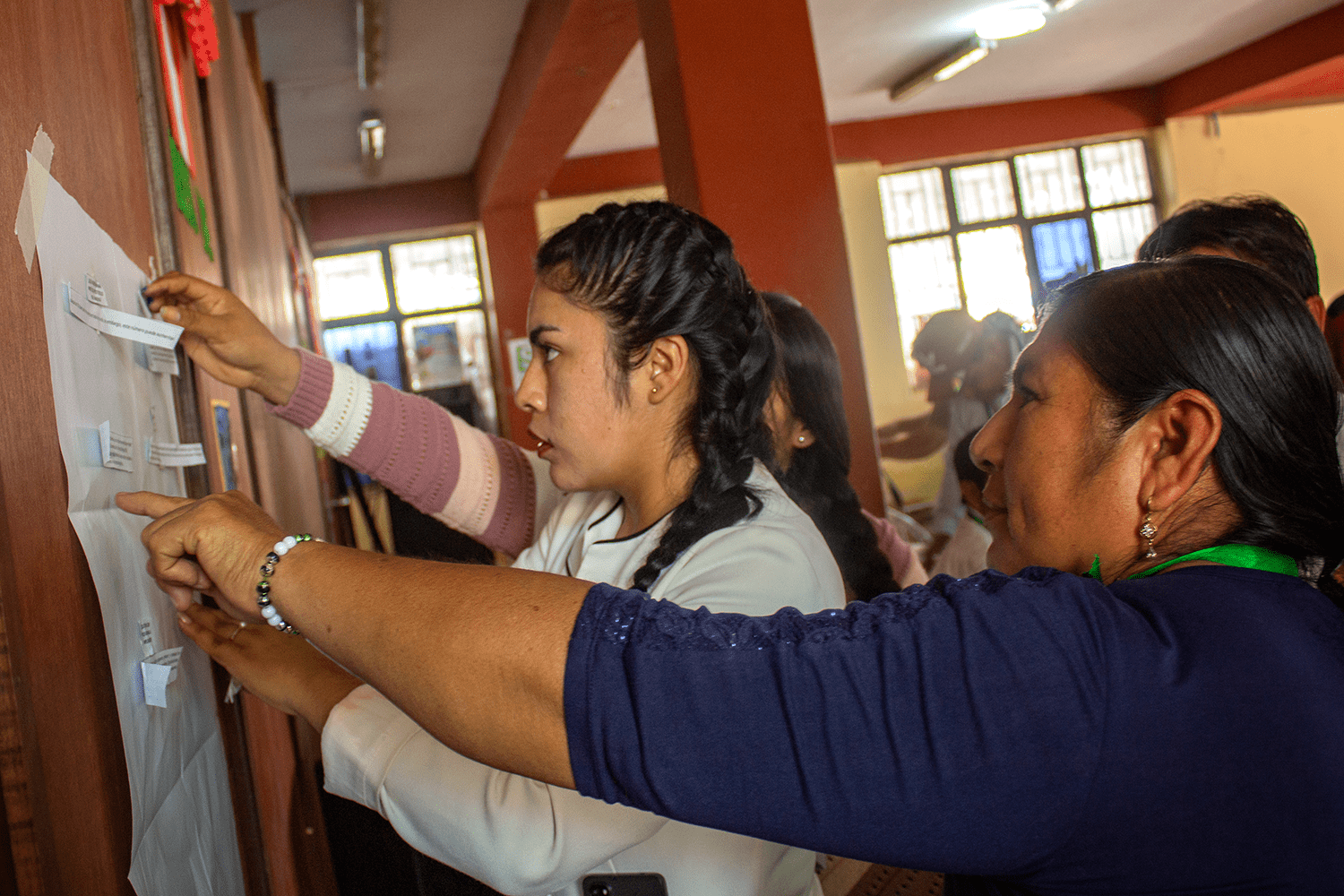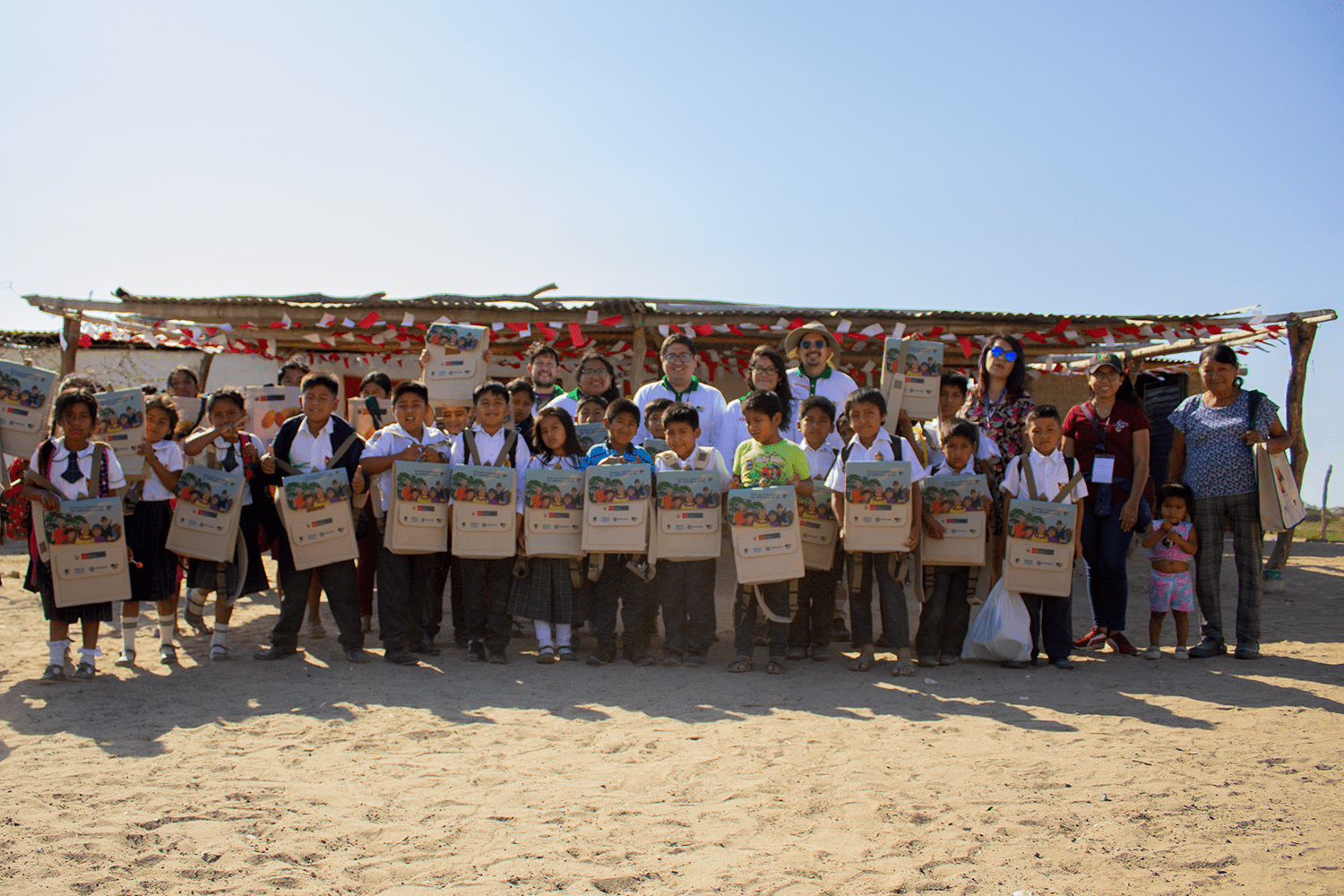The sun is inclement in Mórrope, a district of the Lambayeque region, where a desert ecosystem predominates, such as dry forests and plants that grow in conditions that would seem adverse. These characteristics make the district unique, as do the species of flora and fauna that inhabit it.
The carob tree is one of the best-known examples in the region, because it grows in dry ecosystems such as those found on the north coast of the country. This tree has many uses that, since ancient times, northern families apply. The hardness of its wood can be used for construction; as well as its fruit, the carob, is used to strengthen the immune system, thanks to its high nutritional value.
The families of the district have known the value of these plants for their community for many years, but were unaware of the importance of the genetic wealth they carry with them; however, today, science takes advantage of this knowledge and makes use of the properties of plants for pharmaceutical development; But how can scientific progress be promoted without underestimating the wisdom that communities have regarding their biodiversity?

A protocol that rescues ancestral knowledge.
The inhabitants of the San Pedro de Mórrope Rural Community remember that there was a time when native cotton was about to disappear in their town: “Due to a ban on the cultivation of native cotton, this plant began to disappear. In 2002 we set out to recover the seeds in the ditches, farmers’ plots, and we sowed again to recover our identity,” says Juan Sandoval, former president of the community and today, a technical adviser who helps revalue the ancestral knowledge of his colleagues and companions.
Although native cotton is used by the community for the development of textiles, its genetic potential for health is still unknown. In this sense, the knowledge that the inhabitants of Mórrope have about the cultivation and uses of this plant, could contribute to promoting scientific research.
For this reason, since 2014, the Nagoya Protocol has been implemented in Peru, an international agreement that contributes to the conservation and sustainable use of biological resources; and, in turn, allows the countries that apply it to generate the necessary legal framework that considers the use of genetic resources, the associated ancestral knowledge and that the benefits thereof are applied fairly and equitably between the parties.
“Many communities are unaware of the existence of this protocol; For this reason, participating in this workshop has been important, because it allows us to protect our resources and value our Muchik identity. Today we rediscover what we are, and that is extremely important”, concludes Juan.

Boys, Girls: The Legacy Conserving Biological Resources.
While developing the adult trainings, the project realized an undeniable reality: In order to get more women involved (a necessary component of the project), it was necessary to involve their children. In this way, the workshops for boys and girls “The ABC of ABS” were born, which allows generating added value to the implementation process and ensuring the continuity of this knowledge in the same communities.
In the hamlet of Sequiones, in Mórrope, 25 children and 17 parents of the Monteverde Community Management Educational Institution, a multi-grade school (with a single classroom), and which brings together boys and girls in each class, benefited from the workshop. between 6 and 13 years old, belonging to 6 grades of primary school. This is a teaching format that was born at the initiative of the hamlet, given the absence of schools in the area and the economic difficulties of its population.
The workshop «The ABC of ABS» allowed parents and children to remember the biodiversity of their area and the benefits they obtain from it: carob, vichayo, molle and chilco are some of the plants that they have known and used for years alleviate your discomforts.
«My dad sows rue in the fields, which is used for stomach pain. He learned from his parents how to grow and use it,» says Blanca, 7, who along with her classmates participated in different dynamics to revalue their biodiversity, value the knowledge of their families regarding the flora of their region and learn that each of these carries valuable genetic resources that may contribute to science in the future.
For now, the Mórrope community continues to share information about the Nagoya Protocol, because they know that science does not stop and given this progress, they want to be ready to join and actively participate in this journey. As with the wisdom about the plants of their region, the knowledge they acquired about the Nagoya Protocol will continue to be passed down from generation to generation, because when the adults are gone, it will be the younger ones who will continue the legacy and be the heirloom. that builds the future.

About the GEF ABS Nagoya Project
This initiative is financed by the Global Environmental Facility (GEF) and implemented by the Ministry of the Environment, UN Environment and the administration of Profonanpe. Its objective is to strengthen national capacities for the effective implementation of access regimes to genetic resources and traditional knowledge in accordance with the Nagoya Protocol and thus contribute to the conservation of biodiversity and the well-being of people in the country. For more information, visit their website.